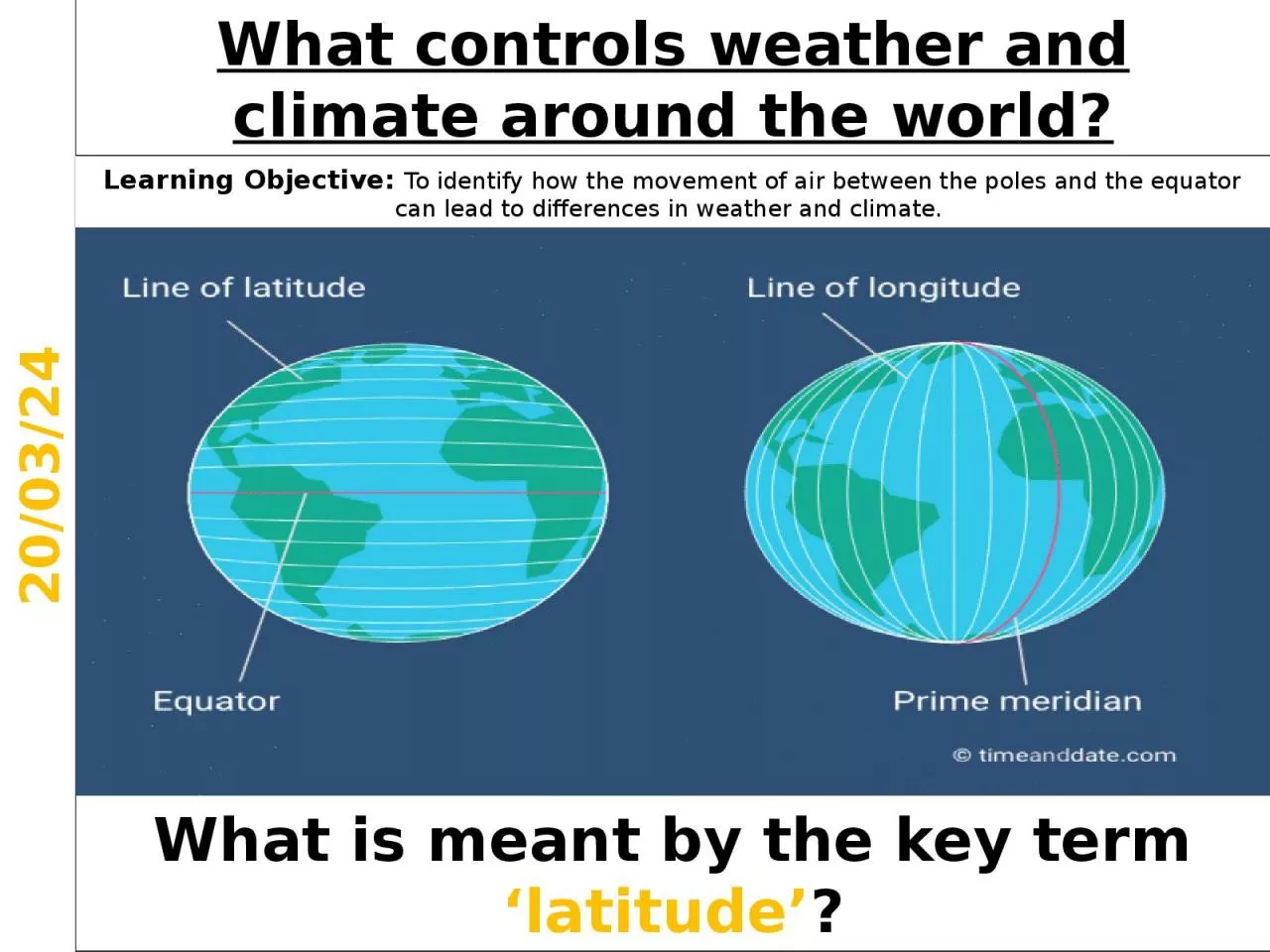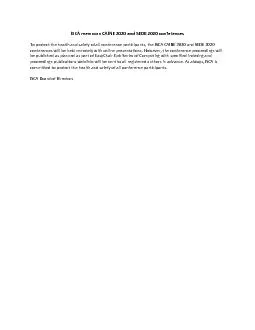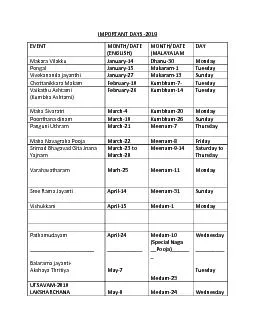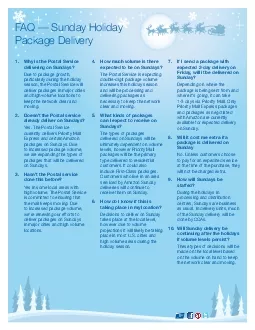PPT-Sunday, 08 March 2020 What
Author : kimberly | Published Date : 2024-02-02
controls weather and climate around the world What is meant by the key term latitude Learning Objective To identify how the movement of air between the poles
Presentation Embed Code
Download Presentation
Download Presentation The PPT/PDF document "Sunday, 08 March 2020 What" is the property of its rightful owner. Permission is granted to download and print the materials on this website for personal, non-commercial use only, and to display it on your personal computer provided you do not modify the materials and that you retain all copyright notices contained in the materials. By downloading content from our website, you accept the terms of this agreement.
Sunday, 08 March 2020 What: Transcript
Download Rules Of Document
"Sunday, 08 March 2020 What"The content belongs to its owner. You may download and print it for personal use, without modification, and keep all copyright notices. By downloading, you agree to these terms.
Related Documents














